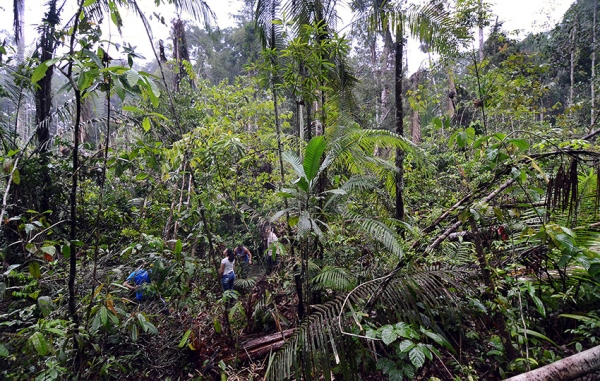Tropical forests are crucial for sucking up carbon dioxide from the atmosphere. But they’re also subject to intense storms that can cause “windthrow” – the uprooting or breaking of trees. These downed trees decompose, potentially turning a forest from a carbon sink into a carbon source.
A new study finds that more extreme thunderstorms from climate change will likely cause a greater number of large windthrow events in the Amazon rainforest. This is one of the few ways that researchers have developed a link between storm conditions in the atmosphere and forest mortality on land, helping fill a major gap in models.
“Building this link between atmospheric dynamics and damage at the surface is very important across the board,” said Jeff Chambers, a senior faculty scientist at the Department of Energy’s Lawrence Berkeley National Laboratory (Berkeley Lab), and director of the Next Generation Ecosystem Experiments (NGEE)-Tropics project, which performed the research. “It’s not just for the tropics. It’s high-latitude, low-latitude, temperate-latitude, here in the U.S.”
Read more at: Lawrence Berkeley National Laboratory
Members of NGEE-Tropics visit what they named “Blowdown Gardens,” an area that experienced windthrow near one of their field sites in the Amazon. Researchers have found a relationship between atmospheric conditions and large areas of tree death. (Photo Credit: Jeff Chambers/Berkeley Lab)


